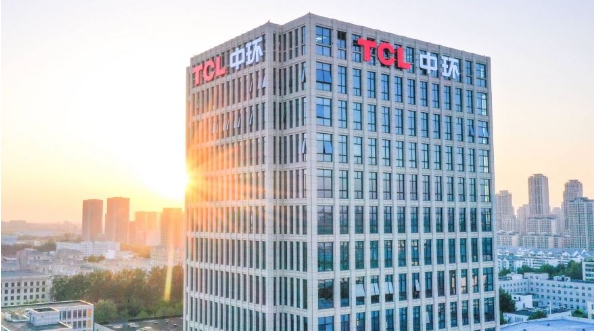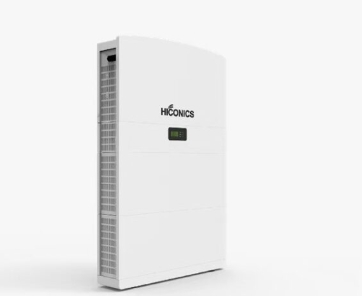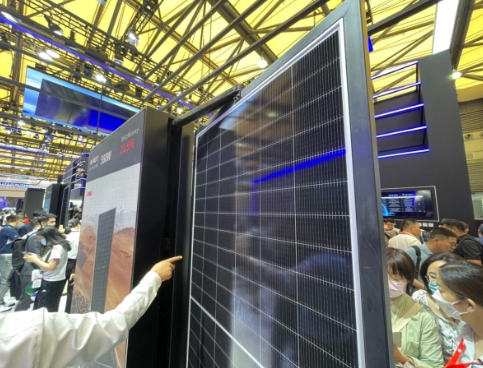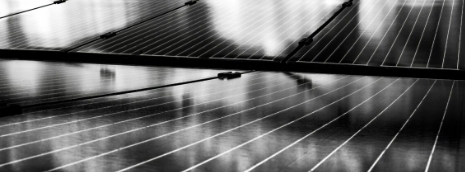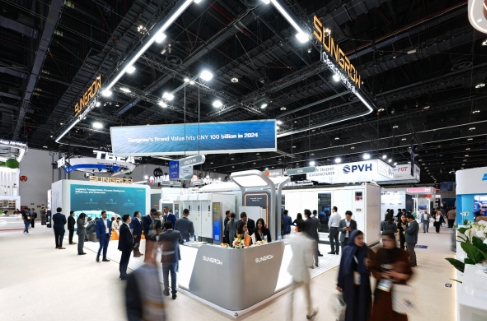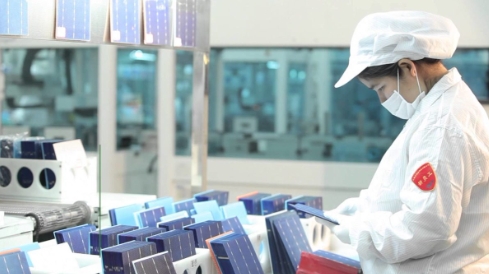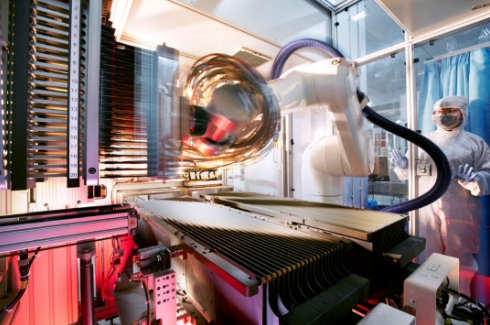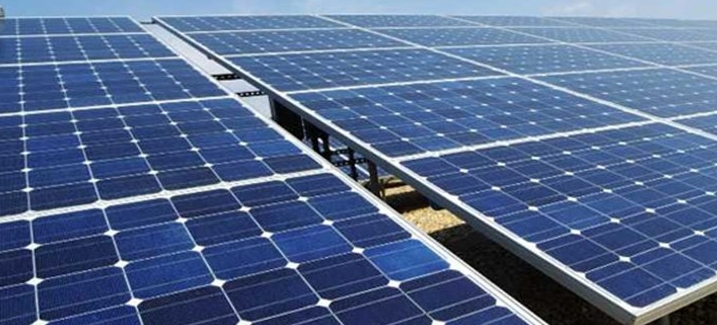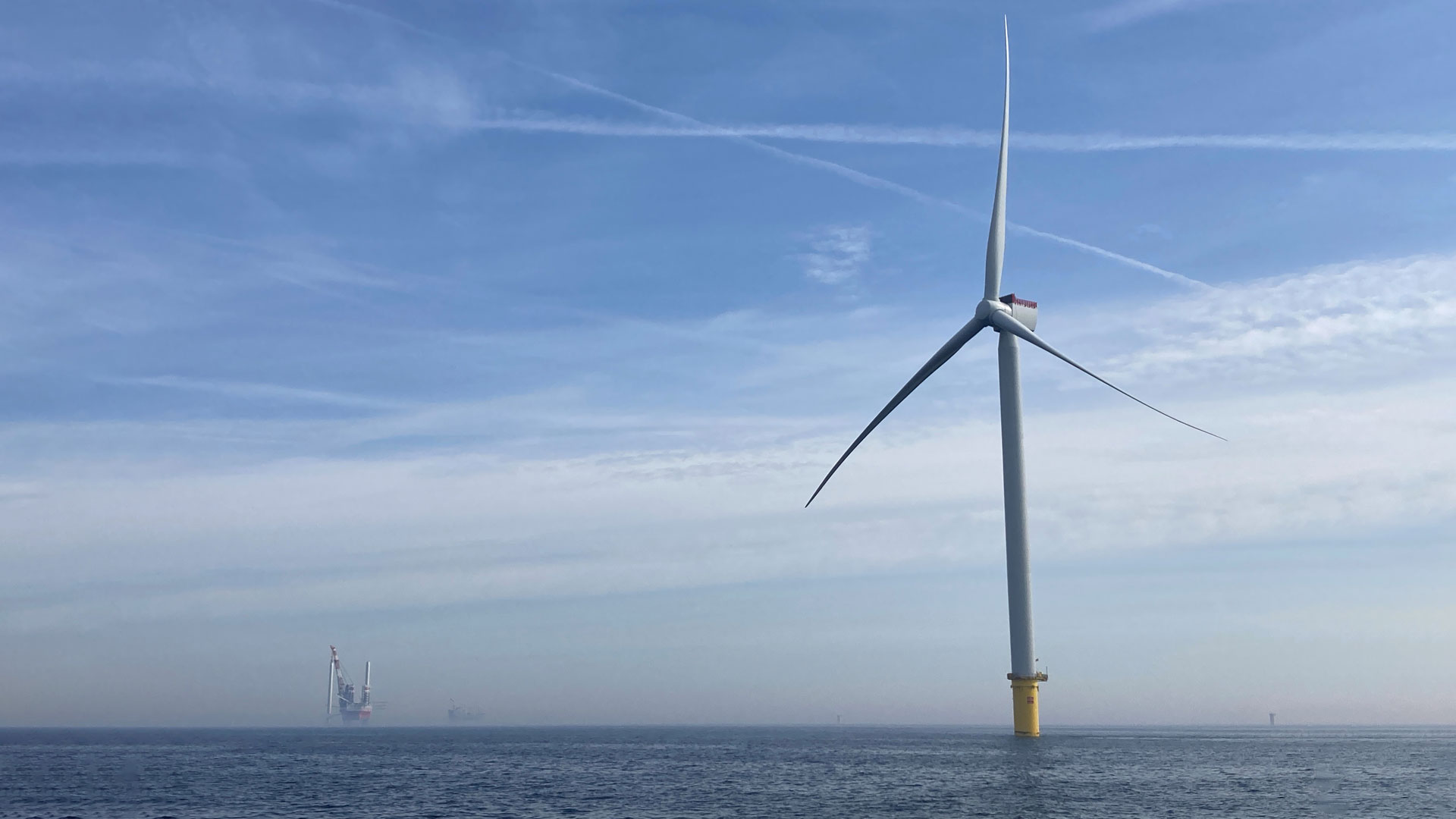
“The wind industry continues to grow and so will the number of blades that will reach end of life. Vattenfall is committed to promoting a circular economy and reducing environmental impact throughout the product's life cycle. Using recyclable turbine blades is a logical next step to reach those ambitions," says Eva Philipp, head of Vattenfall’s Environment and Sustainability Unit.
A new type of resin key to recycling
While most parts of a wind turbine can be recycled after their working life, blades have up until now been a challenge. The problem lies in the resin, which is used in combination with glass and carbon fiber for the structure of the blades. It typically takes high temperatures, high pressure, special processes, or a combination of these to dissolve the resin. This drives up the energy use and thereby cost; it also reduces the material properties in the blade as they deteriorate due to the exposure to these extreme dissolving conditions.
Siemens Gamesa’s Recyclable
Blades use a resin type that dissolves in a low-temperature, mildly acidic solution. This separates the resin from the other components in the blade: fiberglass, carbon fiber, plastic, wood, and metal without significantly impacting their properties. This allows the components to be recycled into new products afterwards.
Recyclable blades planned for more wind farmsSiemens Gamesa’s Recycableblades were launched in 2021 but the availability is still limited. Hollandse Kust Zuid will be the first Vattenfall project to employ the blades in some of the 140 turbines in the wind farm.
In addition, Vattenfall has secured availability of the blades for the next project, Hollandse Kust West. If Vattenfall is awarded the site, a number of turbines will be able to use the Siemens Gamesa RecyclableBlades.
